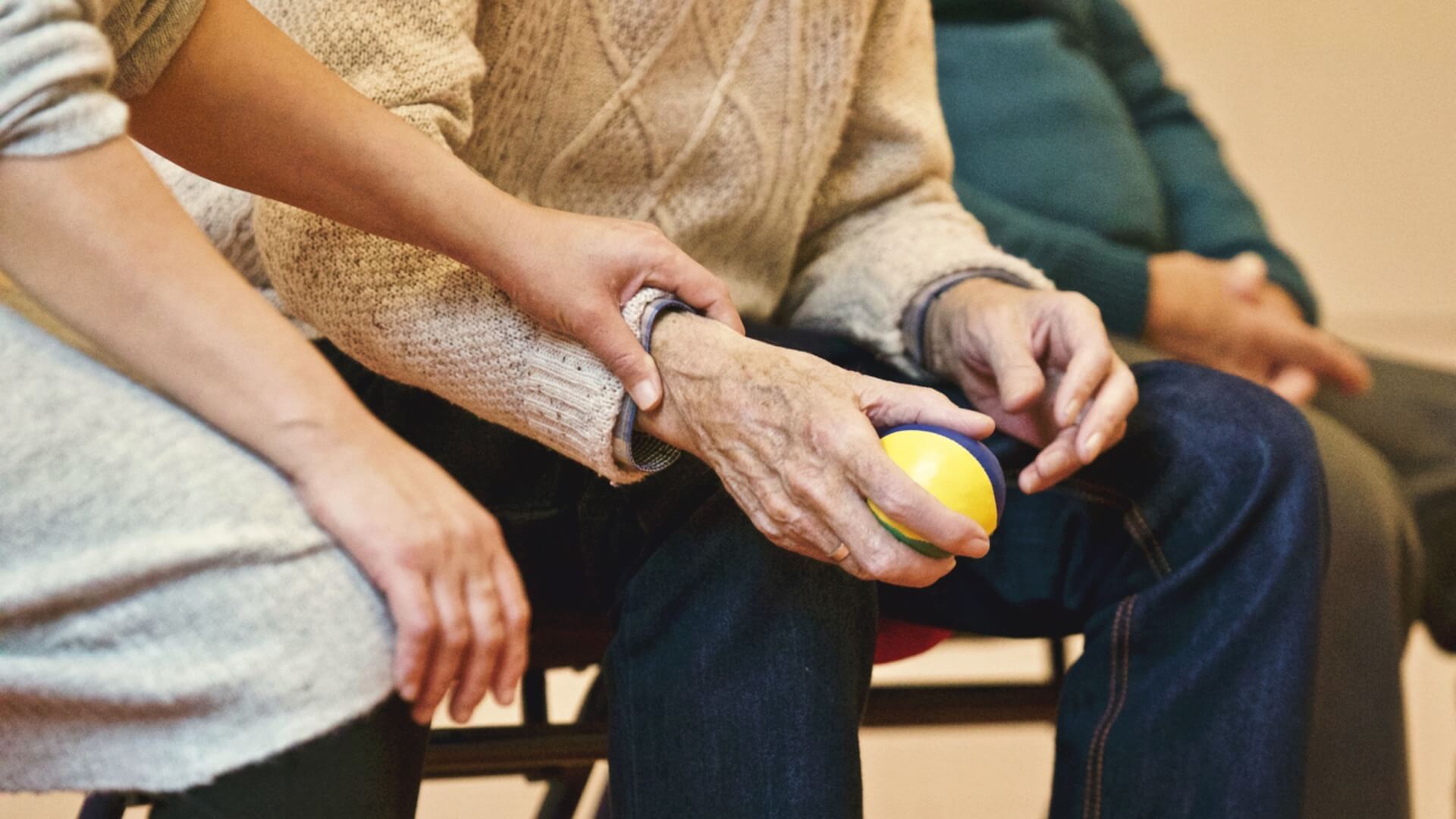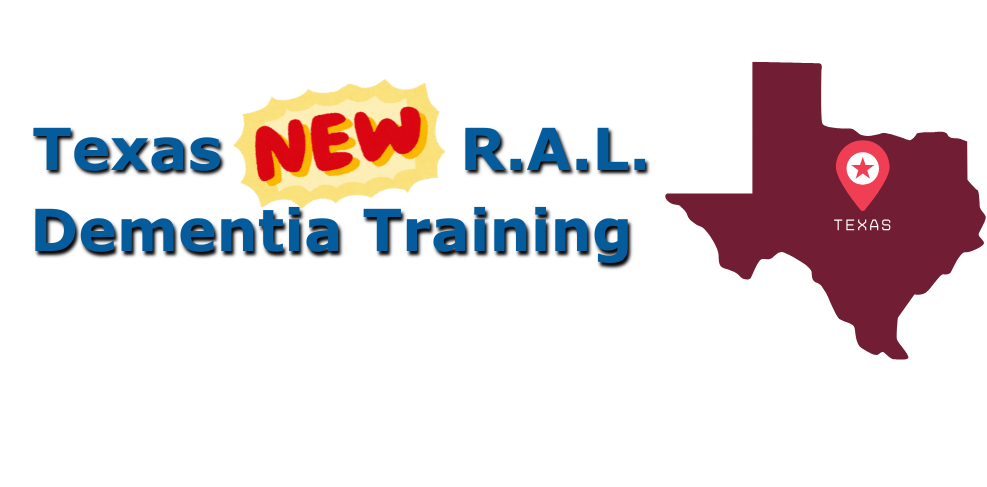Seniors recovering from strokes often will decide to receive physical therapy at home with a one-on-one caregiver assisting them while they are building back their movement capabilities.
A recent study, called the Locomotor Experience Applied Post-Stroke (LEAPS) study compared rehab methods to improve walking ability for stroke survivors and found that in-home physical therapy and exercise produced results comparable to a more sophisticated and costly treadmill program in a professional facility.
Nearly 800,000 Americans each year suffer a stroke, up to two-thirds develop difficulty walking, which translages to 4 million individuals who currently face a stroke-related walking deficit, says Pamela Woods Duncan, P.T., PhD., of Duke University. She was the principal investigator of the National Institutes of Health-funded LEAPS study.
The difficulty in walking can then cause more difficulties for storke survivors, such as falls resulting in broken bones and a general decline in strength and health.
The trial specifically compared locomotor training that involved a body-weight supported treadmill, which suspends a patient over a treadmill in a harness and requires the assistance of several physical therapists plus gradual ground training, with a home-based program of strength and balance exercises with a single physical therapist. A third group was wait-listed for therapy.
The study showed that home based therapy can be just as effective or more effective as therapy in an institutional setting.
Tips for Caregivers:
- Ongoing movement exercises are vital during first 6 months of stroke recovery
- Mobility therapy must account for fall prevention and support
- Cognitive impairment may cause stroke survivors to misjudge distances when walking
- Continued strength and movement therapy even after 6-months will result in improvements
Many seniors will move from a hospital to a nursing home after a stroke and then to a home care environment.







